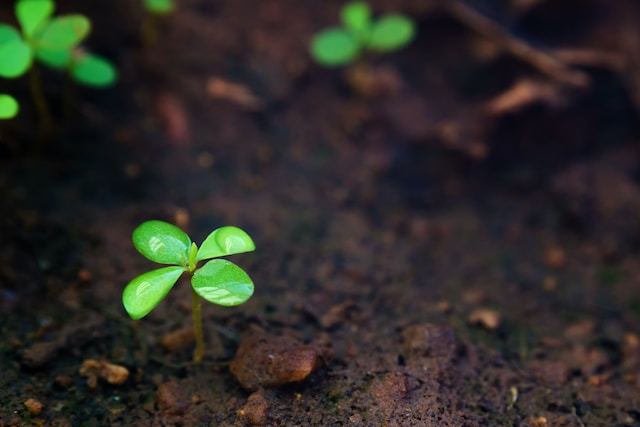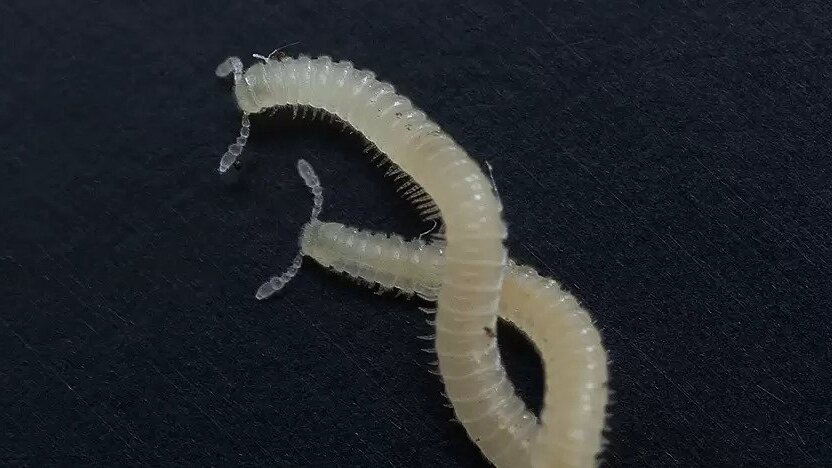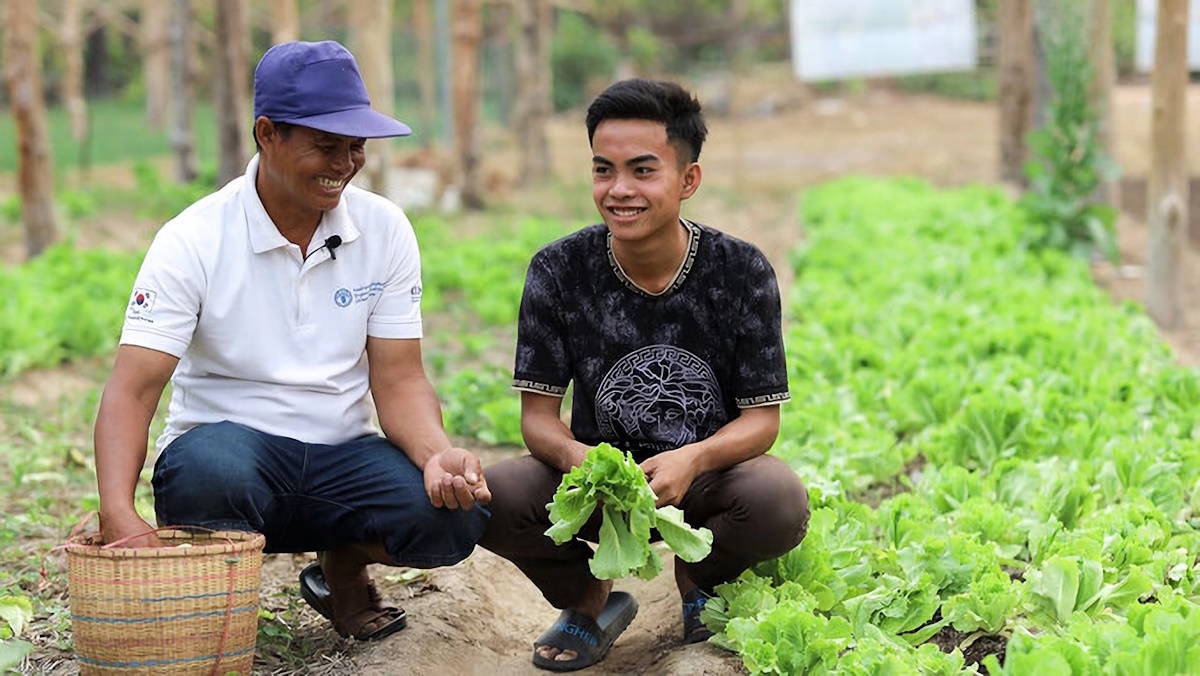FAO, Rome – All evidence suggests that the microbiome, an emerging concept referring to the complex ecosystems made up of and by bacteria and other microorganisms, has powerful explanatory value for matters related to human, plant and planetary health.
To contribute to the scientific debate, and to stimulate and guide more of it, experts at the Food and Agriculture Organization of the United Nations (FAO) have produced four new publications, and one focusing on soil health, and three scientific reviews of how microplastics, pesticide residues and veterinary medicines may impact the safety of our food supply.
“The reviews that were done on pesticides and veterinary drugs, as well as on microplastics reveal that from a methodology perspective, a lot still needs to be done to strengthen and systematize the way research is structured so that this promising field can indeed be integrated in the way we shape food standards,” said FAO Senior Food Safety Officer Catherine Bessy.
Broadly, a microbiome is the community of bacteria, fungi, archaea and other microorganism and their theatre of activity, which includes their interactions with each other and their respective environments. Microbiomes exist within and across all ecosystems, in plants, animals, soils, forests, oceans and, importantly, in humans. All vary enormously in composition and functions and over space and time but research, aided by technological advances in genomic sequencing, points to some broad patterns that may correlate to health or dysfunction for their hosts and host ecosystems. A growing corpus of evidence suggests that gut microbiome may be associated with many health and nutrition outcomes, including child stunting, obesity and overweight, cognitive functions, immune functions, among others.
Establishing causation is elusive, not least as so many domains and functions of the microbiota in any given habitat or intestine remain unknown. One common theme to the new FAO reports is that microbiome research needs a more harmonized framework.
The review recommend organizing a series of meetings with risk assessors and multidisciplinary microbiome experts to reach consensus on definitions and establish research standards and knowledge gaps, said Carmen Diaz-Amigo, a FAO food safety specialist who helped prepare them.
Pesticide residues
While FAO, working with the World Health Organisation, has over the past 60 years produced an ample corpus of normative work on the risks pesticide residues pose to human and crop health, less is known about the impacts of long-term exposure to lower dose levels on the gut microbiome and health.
FAO experts have produced “The impact of pesticide residues on the gut microbiome and human health”, a systematic review of recent scientific work done on this topic.
Only a few pesticides have been included in microbiome research so far, and most of the studies have selected controversial ingredients such as glyphosate and chlorpyrifos – both of which command lengthy sections of FAO’s report.
While pesticide exposure in rodent models has resulted in alterations of the gut microbiome and the animal’s homeostasis in the vast majority of cases, demonstration of causality has so far been limited, often due to experiment design. One reason is that there are essential aspects of the microbiome that we do not yet understand or even know about: Thousands of newly identified microbial species are waiting for a name, and the metabolic pathways of most of what is found in faecal metagenomes, a key empirical tool, remain unknown. On top of that, there has been almost no attention yet to the way that non-bacterial microorganisms such as viruses are affected by pesticide exposure or how they contribute to microbiome-host interactions.
Defining what constitutes a healthy microbiome would be a useful step forward, though challenging as it is shaped by a multitude of factors including dietary patterns and environment conditions.
Focusing on the microbiome entails broadening analysis beyond active pesticide ingredients to consider other co-formulants included in commercial products, as well as the impact of cumulative and combined effects given real-world cases such as the common usage of different pesticides on the same crop.
Microplastics
Microplastic particles are ubiquitous contaminants whose potential impact on gut microbiomes have not yet been adequately studied, although some research has been done on aquatic animals, and it has been demonstrated that they affect microbial communities in soils in ways that can eventually effect entire food webs. Also of concern is that tiny plastic particles can absorb other contaminants on their surface and host biofilms that act as carriers of pathogenic vectors and antimicrobial resistance.
In “The impact of microplastics on the gut microbiome and health – A food safety perspective”, FAO experts note science in this field is still in its infancy, identify knowledge gaps, and flag the kind of research needed to contribute to more robust risk assessments and regulatory decisions.
Residues of veterinary medicines
Studies have found that around two-thirds of pharmaceuticals that humans use orally are metabolized by at least one strain of gut bacteria, and that the gene transfer rate in intestinal microbiota is 25 times higher than in other environments.
That makes the impact of medicinal drugs of particular interest. However, most studies evaluating their impact are scoped within the clinical context, which is inadequate to evaluate the effects of veterinary drug residues, which may accumulate through chronic exposure at levels significantly lower than those used in preventive or therapeutic treatments.
In “The impact of veterinary drug residues on the gut microbiome and human health,’’ FAO experts map out ways that future research can be made more systematic, emphasizing the need for more longitudinal studies, the definition and validation of microbiome-related biomarkers, and a focus on determining causality, among other themes.
Soils
In another paper, published in Nature Communications, Ronald Vargas, FAO soil expert and secretary of the Global Soil Partnership, calls for explicitly recognizing that soil microbiomes need explicit consideration in order to achieve One Health goals.
Healthy soil microbiomes are an important factor underpinning global food security. Those with low diversity, however, have been linked to the transfer of the causal agent of typhoid to plants, edible fruits and seeds.
Understanding soil microbiomes is complex as while gut microbiomes are hosted by discrete biological organisms such as people, whose health can be monitored, soil is a habitat for a host of microbiota acting in a continuum of interacting functions, responses and resilience.
Vargas and his co-authors suggested a five-step road map for how to include soil microbiomes in One Health frameworks. Above all, a network of knowledge hubs is critical for collecting, storing and integrating soil microbiome data, including facts related to human pathogens, pollutants and Anti-Microbial Resistance. The Global Soil Partnership, hosted by FAO, could serve as a backbone for such a hub, which among other tasks could help bring together currently fragmented data sets generated by a tremendous surge in the past decade.
Photo by Manikandan Annamalai on Unsplash










